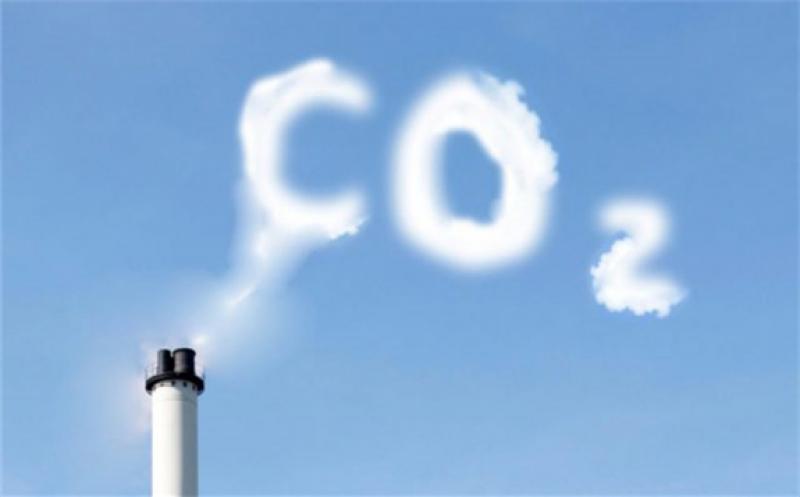Scientists from ExxonMobil, University of California, Berkeley and Lawrence Berkeley National Laboratory have discovered a new material that could capture more than 90% of carbon dioxide emissions from industrial sources.

The technology will help the energy company to capture carbon emissions from natural gas-fired power plants, using low-temperature steam, requiring less energy for the overall carbon capture process.
Laboratory tests indicate the patent-pending materials, known as tetraamine-functionalised metal organic frameworks, capture carbon dioxide emissions up to six times more effectively than conventional amine-based carbon capture technology.
Using less energy to capture and remove carbon, the material has the potential to reduce the cost of the technology and eventually support commercial applications.
By manipulating the structure of the metal organic framework material, the team of scientists and students demonstrated the ability to condense a surface area the size of a football field, into just one gram of mass – about the same as a paperclip – that acts as a sponge for carbon emissions.
ExxonMobil and partners have been working collaboratively for eight years to develop this potential carbon capture solution that demonstrates stability in the presence of water vapor, without oxidation, allowing carbon dioxide to be captured from various sources, under a number of conditions.
“This innovative hybrid porous material has so far proven to be more effective, requires less heating and cooling, and captures more CO2 than current materials,” said Vijay Swarup, vice president of research and development at ExxonMobil Research and Engineering Company.
“Through collaborations with strong academic institutions and national labs like UC Berkeley and the Lawrence Berkeley National Laboratory, we are developing a portfolio of lower-emissions energy solutions. This provides yet another example of one of the many new materials ExxonMobil is researching to reduce CO2in the production of energy.”